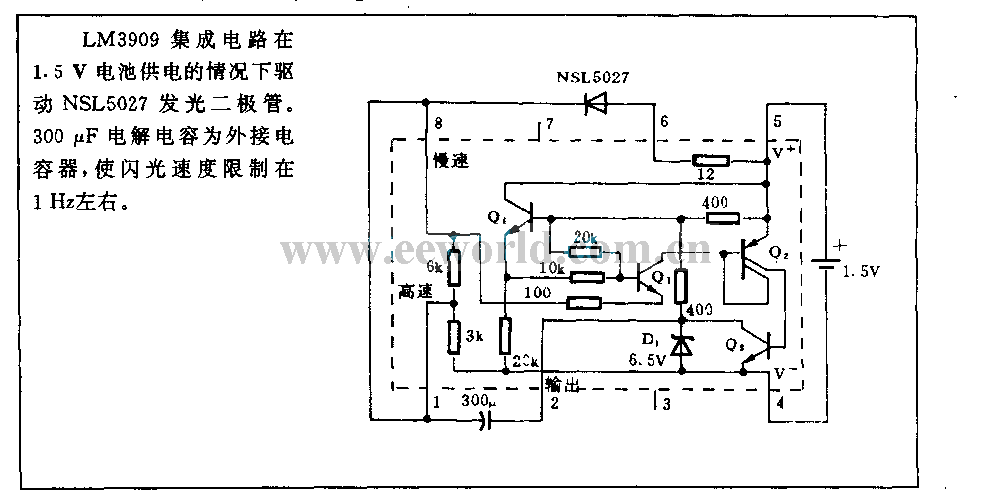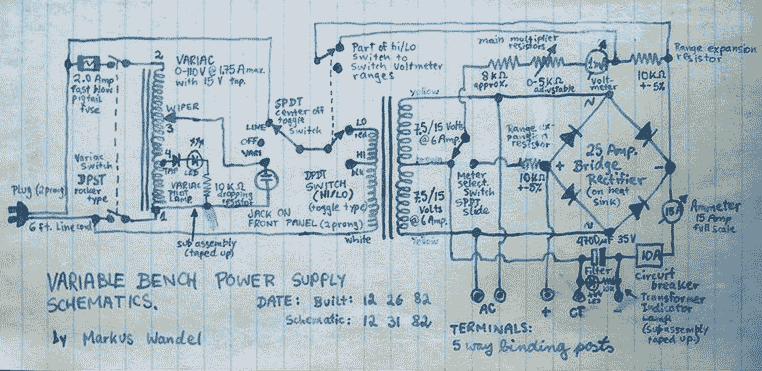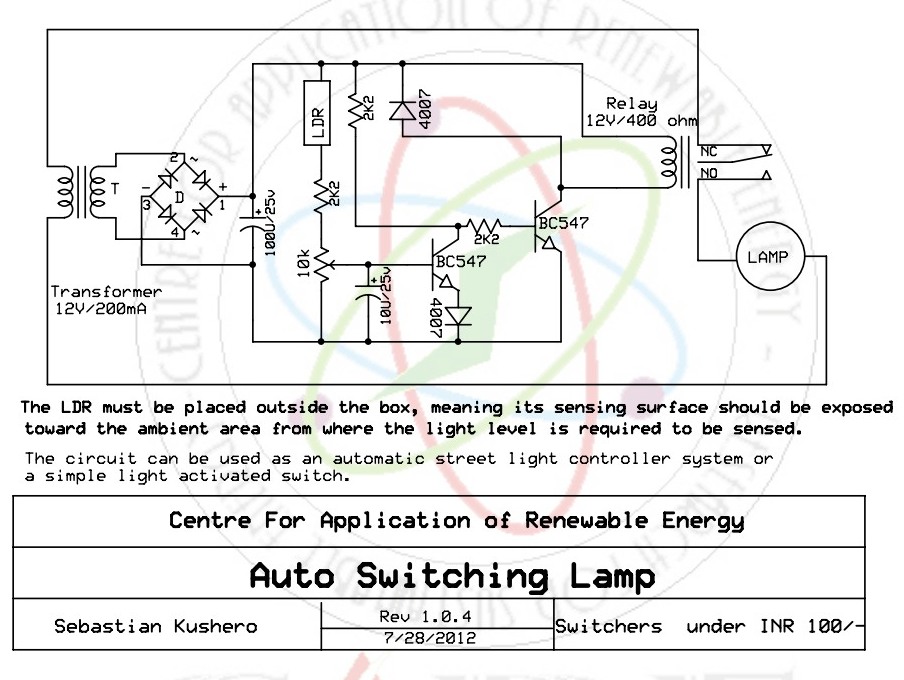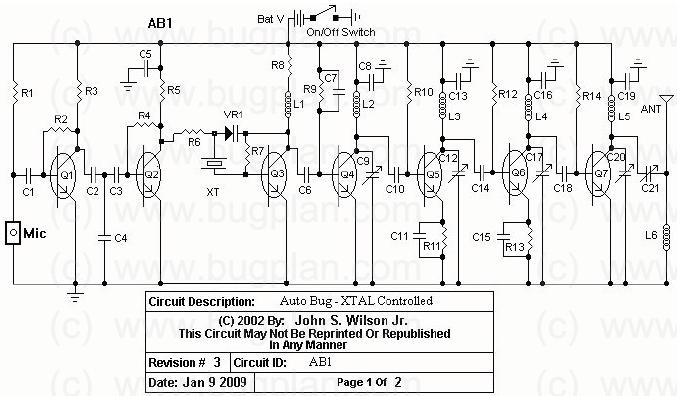
Circuit Theory/All Chapters
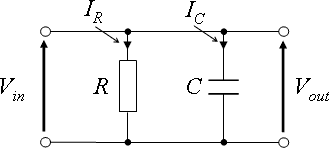
This wikibook serves as an introductory text about electric circuits, covering the fundamentals of electric circuit theory, circuit analysis, and circuit design. It is intended as a companion reference for first-year Electrical Engineering undergraduates. Topics include AC and DC circuits, passive circuit components, phasors, and RLC circuits. The primary audience is electrical engineering students, while hobbyists may find more value in texts focused on electronics. The main editable text of this book is hosted on wikibooks, which is considered the most current version for contributions. The theory of electrical circuits can be complex, and the chapters will introduce basic terminology and passive circuit elements. This text is designed for a first course in Circuit Analysis, typically accompanied by laboratory work, with the assumption that students are concurrently enrolled in a Differential Equations class. Phasors are employed to simplify the analysis of driving functions while retaining a complex impedance representation of the physical circuit. First and second-order differential equations can be solved using phasors and calculus when the driving functions are sinusoidal. The sinusoidal inputs are often replaced with simpler step functions, utilizing convolution integrals for analytical solutions to various driving functions. This approach allows for a better understanding of poles, zeros, transfer functions, and Bode plot interpretation. For students familiar with differential equations, the Laplace transform will also be discussed as an alternative, while maintaining a focus on phasors and calculus. The book emphasizes linear circuits and circuit elements, prioritizing Kirchhoff's laws and symbolic algebra systems such as MATLAB MuPAD or Mathematica over techniques like node, mesh, and Norton analysis. The phasor/calculus approach begins with foundational concepts and culminates in convolution integrals to address different types of forcing functions. The aim is to establish a solid groundwork for transitioning to digital representations of these concepts. The subsequent course will focus on modeling and analyzing linear systems in preparation for a digital signal processing (DSP) course. For a technician-oriented version that emphasizes practical applications over theoretical concepts, the Electronics wikibook is recommended. Key terms essential for understanding this text will be introduced at the outset, although this is only a partial list. The time domain is characterized by graphs of power, voltage, and current as functions of time, indicating that circuit behavior changes over time. The frequency domain, exemplified by Bode plots, represents power, voltage, and current as functions of frequency, relevant in wireless communication for representing variable frequencies. Other domains encountered in engineering include the Laplace domain (s domain or complex frequency domain) and the Z domain. When combined with time, these domains form spectral or waterfall representations. Circuits generally have inputs and outputs, as a circuit is not deemed useful without at least one of these.
The schematic of an electric circuit typically illustrates the arrangement of components and their interconnections, providing a visual representation of the circuit's functionality. In a basic AC or DC circuit, essential elements such as resistors, capacitors, and inductors are represented using standardized symbols. For example, a resistor is depicted as a zigzag line, while a capacitor is shown as two parallel lines. The connections between these components are indicated by lines that represent conductive paths.
In the context of circuit theory, Kirchhoff's laws play a crucial role in analyzing circuit behavior. Kirchhoff's Current Law (KCL) states that the total current entering a junction equals the total current leaving the junction, while Kirchhoff's Voltage Law (KVL) asserts that the sum of the electrical potential differences around any closed network is zero. These laws are fundamental for setting up equations that describe circuit behavior, allowing for the calculation of unknown values such as current and voltage across various components.
The use of phasors in AC circuit analysis simplifies the calculations involving sinusoidal signals. Phasors represent sinusoidal waveforms as complex numbers, making it easier to perform algebraic operations on them. The conversion between the time domain and the phasor domain is facilitated through Euler's formula, which links exponential functions to trigonometric functions.
In addition to basic components, more complex circuits may include operational amplifiers, diodes, and transistors, which introduce non-linear behaviors and require more advanced analysis techniques. The schematic for such circuits would include the corresponding symbols for these components, along with their connections, to provide a comprehensive view of the circuit's operation.
Overall, the understanding of electric circuits is foundational for electrical engineering, and this text aims to equip students with the necessary knowledge and tools to analyze and design various types of circuits effectively. The progression from basic concepts to more complex applications, including digital signal processing, reflects the evolving nature of the field and the importance of a solid theoretical background in practical engineering tasks.This wikibook is going to be an introductory text about electric circuits. It will cover some the basics of electric circuit theory, circuit analysis, and will touch on circuit design. This book will serve as a companion reference for a 1st year of an Electrical Engineering undergraduate curriculum.
Topics covered include AC and DC circuits, passi ve circuit components, phasors, and RLC circuits. The focus is on students of an electrical engineering undergraduate program. Hobbyists would benefit more from reading Electronics instead. The main editable text of this book is located at. The wikibooks version of this text is considered the most up-to-date version, and is the best place to edit this book and contribute to it. The theory of electrical circuits can be a complex area of study. The chapters in this section will introduce the reader to the world of electric circuits, introduce some of the basic terminology, and provide the first introduction to passive circuit elements.
This is designed for a first course in Circuit Analysis which is usually accompanied by a set of labs. It is assumed that students are in a Differential Equations class at the same time. Phasors are used to avoid the Laplace transform of driving functions while maintaining a complex impedance transform of the physical circuit that is identical in both.
1st and 2nd order differential equations can be solved using phasors and calculus if the driving functions are sinusoidal. The sinusoidal is then replaced by the more simple step function and then the convolution integral is used to find an analytical solution to any driving function.
This leaves time for a more intuitive understanding of poles, zeros, transfer functions, and Bode plot interpretation. For those that have already had differential equations, the Laplace transform equivalent will be presented as an alternative while focusing on phasors and calculus.
This book will cover linear circuits, and linear circuit elements. The goal is to emphasize Kirchhoff and symbolic algebra systems such as matLab mupad or mathematica at the expense of node, mesh, Norton, etc. A phasor/calculus based approach starts at the very beginning and ends with the convolution integral to handle all the various types of forcing functions.
The goal is set the ground work for a transition to the digital version of these concepts from a firm basis in the physical world. The next course would be one focused on modeling linear systems and analyzing them digitally in preparation for a digital signal ( DSP ) processing course.
For a technician version of this course which focuses on the real rather than the idea, expertise rather than theory, on algebra rather than calculus, see the Electronics wikibook There are a few key terms that need to be understood at the beginning of this book, before we can continue. This is only a partial list of all terms that will be used throughout this book, but these key words are important to know before we begin the main narrative of this text.
The time domain is described by graphs of power, voltage and current that depend upon time. The "Time domain" is simply another way of saying that our circuits change with time, and that the major variable used to describe the system is time. Another name is "Temporal". The frequency domain are graphs of power, voltage and/or current that depend upon frequency such as Bode plots.
Variable frequencies in wireless communication can represent changing channels or data on a channel. Another name is the " Fourier domain ". Other domains that an engineer might encounter are the "Laplace domain" (or the "s domain" or "complex frequency domain"), and the "Z domain". When combined with the time, it is called a "Spectral" or " Waterfall. " Circuits generally have inputs and outputs. In fact, it is safe to say that a circuit isn`t useful if it doesn`t have one or the other (usually both).
Circuit response 🔗 External reference
The schematic of an electric circuit typically illustrates the arrangement of components and their interconnections, providing a visual representation of the circuit's functionality. In a basic AC or DC circuit, essential elements such as resistors, capacitors, and inductors are represented using standardized symbols. For example, a resistor is depicted as a zigzag line, while a capacitor is shown as two parallel lines. The connections between these components are indicated by lines that represent conductive paths.
In the context of circuit theory, Kirchhoff's laws play a crucial role in analyzing circuit behavior. Kirchhoff's Current Law (KCL) states that the total current entering a junction equals the total current leaving the junction, while Kirchhoff's Voltage Law (KVL) asserts that the sum of the electrical potential differences around any closed network is zero. These laws are fundamental for setting up equations that describe circuit behavior, allowing for the calculation of unknown values such as current and voltage across various components.
The use of phasors in AC circuit analysis simplifies the calculations involving sinusoidal signals. Phasors represent sinusoidal waveforms as complex numbers, making it easier to perform algebraic operations on them. The conversion between the time domain and the phasor domain is facilitated through Euler's formula, which links exponential functions to trigonometric functions.
In addition to basic components, more complex circuits may include operational amplifiers, diodes, and transistors, which introduce non-linear behaviors and require more advanced analysis techniques. The schematic for such circuits would include the corresponding symbols for these components, along with their connections, to provide a comprehensive view of the circuit's operation.
Overall, the understanding of electric circuits is foundational for electrical engineering, and this text aims to equip students with the necessary knowledge and tools to analyze and design various types of circuits effectively. The progression from basic concepts to more complex applications, including digital signal processing, reflects the evolving nature of the field and the importance of a solid theoretical background in practical engineering tasks.This wikibook is going to be an introductory text about electric circuits. It will cover some the basics of electric circuit theory, circuit analysis, and will touch on circuit design. This book will serve as a companion reference for a 1st year of an Electrical Engineering undergraduate curriculum.
Topics covered include AC and DC circuits, passi ve circuit components, phasors, and RLC circuits. The focus is on students of an electrical engineering undergraduate program. Hobbyists would benefit more from reading Electronics instead. The main editable text of this book is located at. The wikibooks version of this text is considered the most up-to-date version, and is the best place to edit this book and contribute to it. The theory of electrical circuits can be a complex area of study. The chapters in this section will introduce the reader to the world of electric circuits, introduce some of the basic terminology, and provide the first introduction to passive circuit elements.
This is designed for a first course in Circuit Analysis which is usually accompanied by a set of labs. It is assumed that students are in a Differential Equations class at the same time. Phasors are used to avoid the Laplace transform of driving functions while maintaining a complex impedance transform of the physical circuit that is identical in both.
1st and 2nd order differential equations can be solved using phasors and calculus if the driving functions are sinusoidal. The sinusoidal is then replaced by the more simple step function and then the convolution integral is used to find an analytical solution to any driving function.
This leaves time for a more intuitive understanding of poles, zeros, transfer functions, and Bode plot interpretation. For those that have already had differential equations, the Laplace transform equivalent will be presented as an alternative while focusing on phasors and calculus.
This book will cover linear circuits, and linear circuit elements. The goal is to emphasize Kirchhoff and symbolic algebra systems such as matLab mupad or mathematica at the expense of node, mesh, Norton, etc. A phasor/calculus based approach starts at the very beginning and ends with the convolution integral to handle all the various types of forcing functions.
The goal is set the ground work for a transition to the digital version of these concepts from a firm basis in the physical world. The next course would be one focused on modeling linear systems and analyzing them digitally in preparation for a digital signal ( DSP ) processing course.
For a technician version of this course which focuses on the real rather than the idea, expertise rather than theory, on algebra rather than calculus, see the Electronics wikibook There are a few key terms that need to be understood at the beginning of this book, before we can continue. This is only a partial list of all terms that will be used throughout this book, but these key words are important to know before we begin the main narrative of this text.
The time domain is described by graphs of power, voltage and current that depend upon time. The "Time domain" is simply another way of saying that our circuits change with time, and that the major variable used to describe the system is time. Another name is "Temporal". The frequency domain are graphs of power, voltage and/or current that depend upon frequency such as Bode plots.
Variable frequencies in wireless communication can represent changing channels or data on a channel. Another name is the " Fourier domain ". Other domains that an engineer might encounter are the "Laplace domain" (or the "s domain" or "complex frequency domain"), and the "Z domain". When combined with the time, it is called a "Spectral" or " Waterfall. " Circuits generally have inputs and outputs. In fact, it is safe to say that a circuit isn`t useful if it doesn`t have one or the other (usually both).
Circuit response 🔗 External reference
Warning: include(partials/cookie-banner.php): Failed to open stream: Permission denied in /var/www/html/nextgr/view-circuit.php on line 713
Warning: include(): Failed opening 'partials/cookie-banner.php' for inclusion (include_path='.:/usr/share/php') in /var/www/html/nextgr/view-circuit.php on line 713

